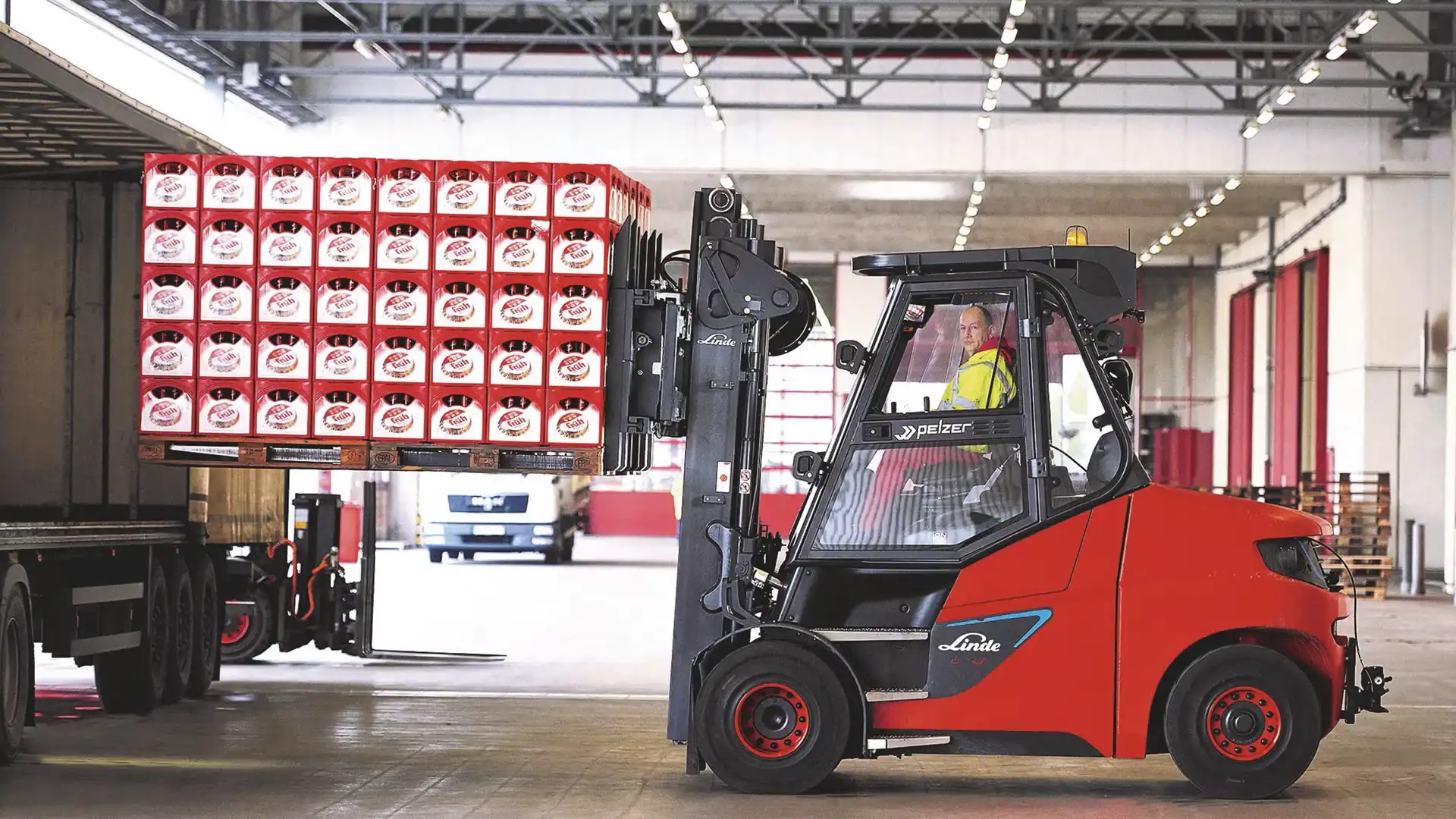Safety First: Preventing Accidents with Proper Forklift Handling
Forklifts are essential tools in many industries, but their operation comes with inherent risks. Proper handling and safety measures are crucial to prevent accidents and ensure a safe working environment. This article outlines key strategies for preventing accidents through proper forklift handling.
Understanding Forklift Dynamics
Before operating a forklift, it is important to understand its dynamics. Forklifts have a unique center of gravity that shifts with the load. Operators must be aware of this to maintain balance and prevent tip-overs. Familiarize yourself with the forklift’s manual and understand the weight limits and specifications.
Pre-Operation Checks
Conducting pre-operation checks is a vital step in ensuring forklift safety. Inspect the forklift for any visible damage or wear. Check the tires, brakes, steering, and hydraulic systems. Ensure that all safety devices, such as seat belts and horns, are functioning properly. Address any issues before operating the forklift. ForkLift-Trucks.com | China Manufacturer Trade Materials Handling Fork-lifts Truck, Stackers, Industrial vehicles, Scrubbers, Transporters Sale Price Buy Online | forklift
ForkLift-Trucks.com | China Manufacturer Trade Materials Handling Fork-lifts Truck, Stackers, Industrial vehicles, Scrubbers, Transporters Sale Price Buy Online | forklift
Safe Operating Practices
Training and Certification: Only trained and certified operators should handle forklifts. Comprehensive training should cover both theoretical knowledge and practical skills.
Load Management: Always check the load capacity of the forklift and never exceed it. Ensure the load is balanced and secure before lifting. Use appropriate attachments for irregularly shaped loads.
Speed Control: Maintain a safe speed at all times. Avoid sudden stops, starts, and sharp turns, as these can cause the forklift to tip over.
Visibility: Ensure you have a clear view of your path. Use mirrors and spotters if necessary. Be cautious when operating in areas with limited visibility.
Pedestrian Awareness: Always be aware of pedestrians in the vicinity. Use horns and signals to alert them of your presence. Never carry passengers on the forklift.
Navigating Different Environments
Forklifts are used in various environments, each with its own set of challenges. Whether operating indoors or outdoors, it is essential to adapt your driving techniques accordingly.
Indoor Operations: Indoor environments, such as warehouses, often have narrow aisles and high shelves. Operate the forklift at a reduced speed and be mindful of overhead obstructions. Ensure adequate ventilation to prevent the buildup of exhaust fumes.
Outdoor Operations: Outdoor environments may have uneven terrain and varying weather conditions. Use forklifts designed for rough terrain and adjust your driving to accommodate the surface. Be cautious of wet or icy conditions that can affect traction.
Emergency Procedures
Despite taking all precautions, emergencies can still occur. Knowing how to respond in such situations is crucial.
Tip-Overs: In the event of a tip-over, do not attempt to jump out of the forklift. Instead, brace yourself, hold onto the steering wheel, and lean away from the direction of the fall.
Fire Hazards: Be aware of potential fire hazards, especially when operating near flammable materials. Know the location of fire extinguishers and how to use them.
First Aid: Familiarize yourself with basic first aid procedures and the location of first aid kits. In case of an injury, seek medical assistance immediately.
Continuous Improvement
Forklift safety is an ongoing process. Regularly review safety protocols and participate in refresher training courses. Stay updated with the latest safety regulations and best practices. Encourage a culture of safety within your workplace by reporting hazards and near-misses.



